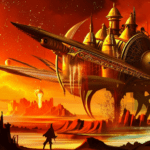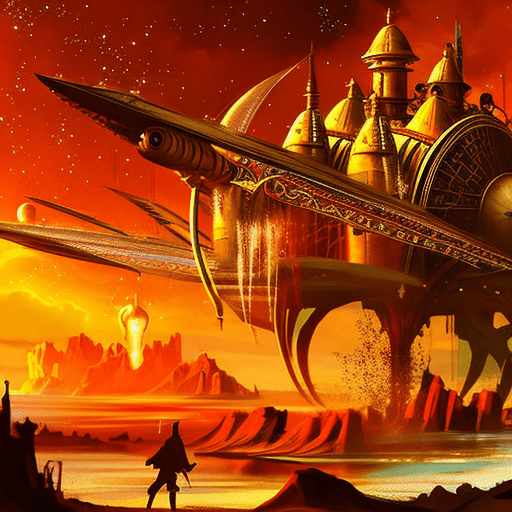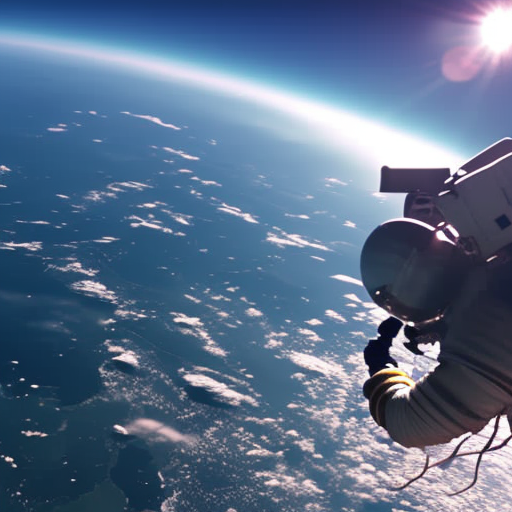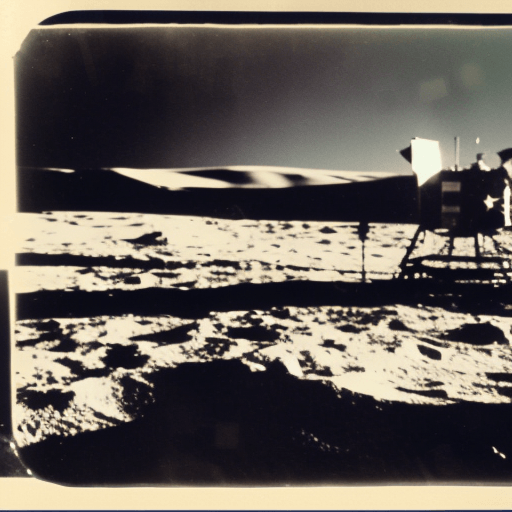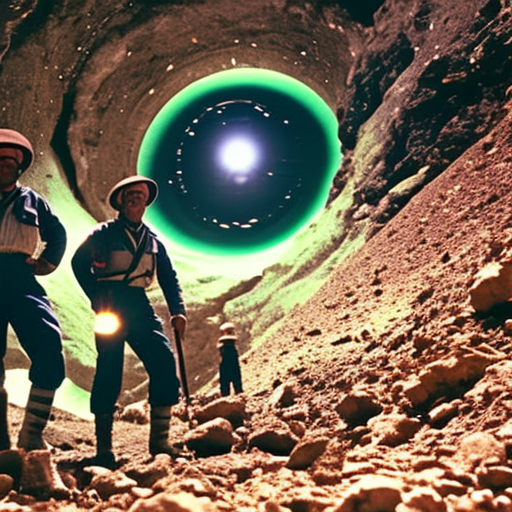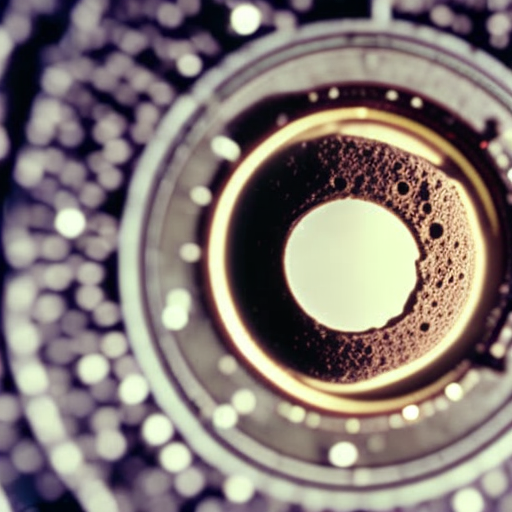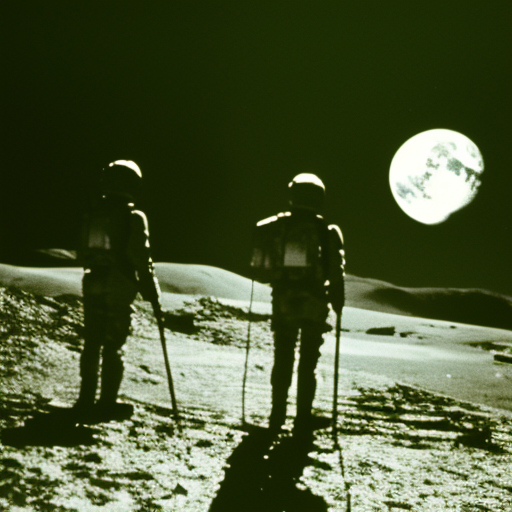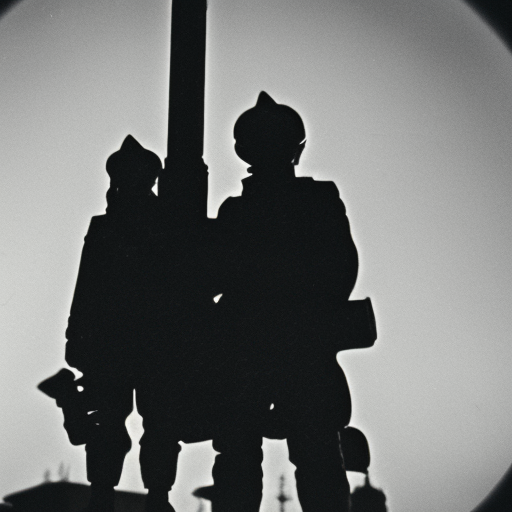‘The Shooting Star’ by Hergé is an adventurous comic book where Tintin and his friends race against time to find a rare meteorite before it falls into the wrong hands.
Extravehicular Activity Explained
Extravehicular activity refers to the scientific and technological practice of humans venturing outside their spacecraft in space.
Rocket Propulsion Explained
Rocket propulsion is the science and technology of propelling rockets through the expulsion of high-speed exhaust gases.
Babel-17 Summary
Babel-17″ by Samuel R. Delany is a science fiction novel exploring the power of language and its impact on human perception and understanding.
Neil Armstrong lands on the moon (1969) Explained
Neil Armstrong becomes the first person to land on the moon in 1969, marking a monumental achievement in human history.
International Space Station Explained
The International Space Station is a multinational space station that serves as a laboratory for scientific research and international collaboration in space exploration.
Asteroid Mining Explained
Asteroid mining is the process of extracting valuable resources from asteroids in space.
Moon Landings Explained
The moon landings refer to the historic missions in which humans landed on the moon, expanding scientific knowledge and paving the way for future space exploration.
Apollo 6 Explained
Apollo 6 was an unmanned test flight of the Saturn V rocket, which experienced multiple technical failures but ultimately paved the way for successful manned missions to the moon.
2001: A Space Odyssey Summary
‘2001: A Space Odyssey’ by Arthur C. Clarke is a thought-provoking science fiction novel that explores the evolution of humanity and the enigmatic presence of an alien monolith.
Vostok 3 Explained
Vostok 3 was a Soviet space mission that launched the first woman into space, Valentina Tereshkova, in 1963.
STS-95 Explained
STS-95 was a NASA space shuttle mission that marked the return to space of John Glenn, the first American to orbit the Earth.








